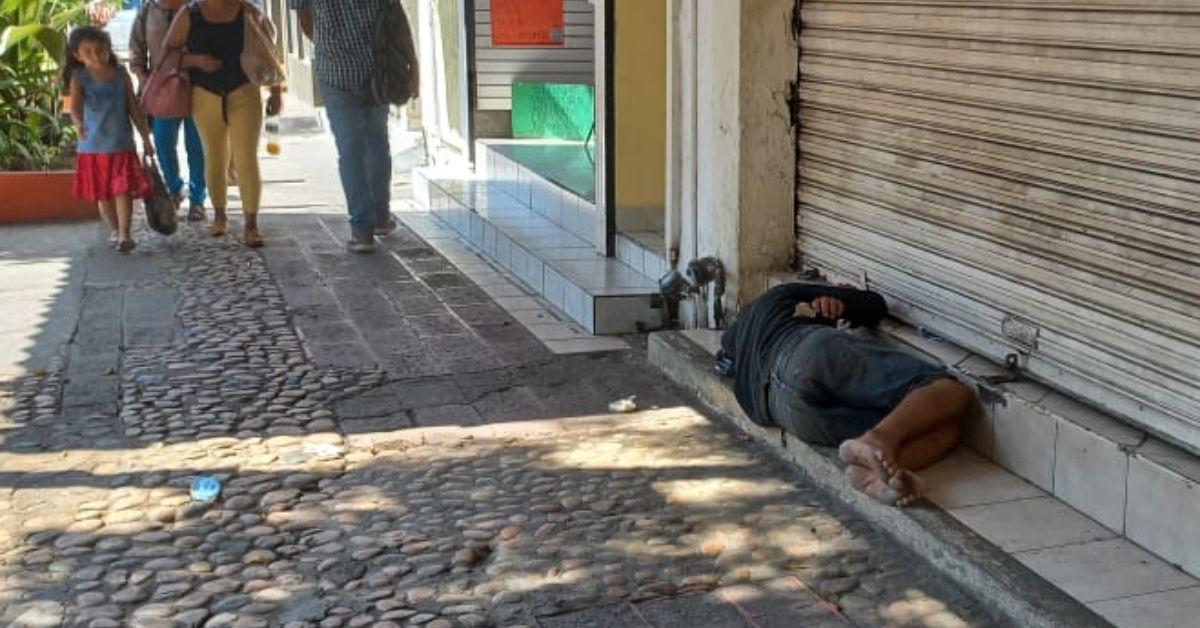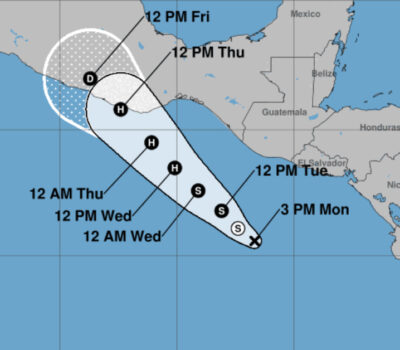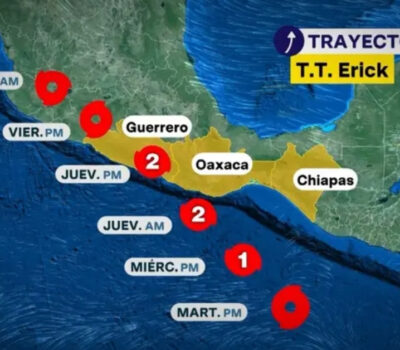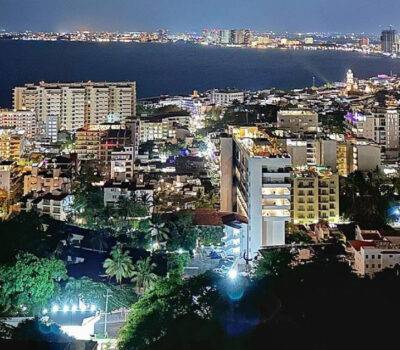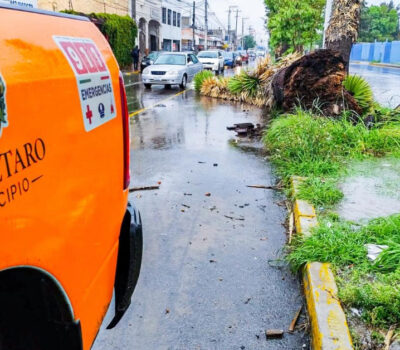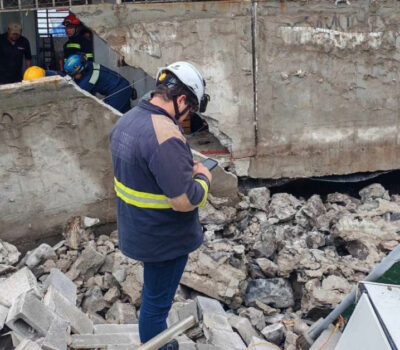PUERTO VALLARTA (PVDN) – In Puerto Vallarta, one of Mexico’s prime tourist destinations renowned for its stunning coastline, charming architecture, and vibrant cultural scene, a different, much less picturesque, scene is unfolding. The increasing issue of homelessness is casting a long shadow over the city’s image and causing deep concern among residents and business owners.
The impact of homelessness in Puerto Vallarta is multifaceted, causing a ripple effect that goes far beyond the individuals living on the streets. One of the most immediate impacts is on public health. Homeless individuals often lack access to adequate healthcare and sanitation facilities, leading to untreated health conditions and diseases. Mental health issues and addiction problems are often left unaddressed, increasing health risks for the individuals and potentially the wider community.
The issue extends to public safety and crime as well. Homelessness can inadvertently contribute to increased crime rates, not necessarily because homeless individuals are inherently criminal, but out of survival necessity or as a result of increased vulnerability. This factor can further strain police resources and create an atmosphere of unease in the city.
Economic implications of homelessness are also significant. Areas with high homelessness rates can deter customers and tourists from the city, affecting local businesses and the city’s broader economy. If the city gains a reputation for having a significant homelessness problem, it can even influence property values and stymie economic growth.
Maria José Zorrilla, a prominent hotelier and businesswoman, voiced concerns over the increasing number of homeless individuals in the downtown area and Romantic Zone of Puerto Vallarta. She highlighted the problems they pose not only to public sanitation and security but also to the city’s image and its tourism industry.
Zorrilla explained that many of these individuals, who often live in parks, on the streets, or in riverbeds, are in dire need of assistance. While they may require help, their presence can be intimidating to tourists and sometimes results in violent incidents.
The case of the Emiliano Zapata neighborhood, also known as the Romantic Zone, was cited as an example. Zorrilla pointed out that the area is witnessing a significant number of homeless people, many of whom appear to be ill and are living on the streets.
Zorrilla urged both the authorities and the citizens to address the complex issue of homelessness with a combination of public policies and altruistic support actions. She emphasized the need for a well-designed strategy to tackle the problem effectively.
“The police often find themselves unable to intervene as these individuals haven’t committed any crime,” Zorrilla said. “Yet, their presence creates unsanitary conditions and security challenges that need immediate attention.”
Zorrilla reported that the issue of homelessness has become the most recurring topic in the local Emiliano Zapata neighborhood chat group due to the overwhelming number of homeless individuals found roaming the streets and living in unsuitable and hazardous areas.
Despite the ongoing issues, Zorrilla confirmed that tourism results so far this year have been satisfactory, with the usual seasonal drop in June. She emphasized the importance of preserving Vallarta’s attractions and beauty to meet visitor expectations.
Looking ahead, Zorrilla expressed optimism for the upcoming summer season. “Despite the country’s economic difficulties, I am confident that national tourists will continue traveling to their favorite destinations such as our port and the bay.”
The summer vacation period, which typically sees high tourist traffic, begins on July 19 and continues until August 28 with the start of the new school year. Occupancy rates are expected to surpass 90 percent during this period.
PUERTO VALLARTA (PVDN) - In Puerto Vallarta, one of Mexico's prime tourist destinations renowned for its stunning coastline, charming architecture, and vibrant cultural scene . . .

